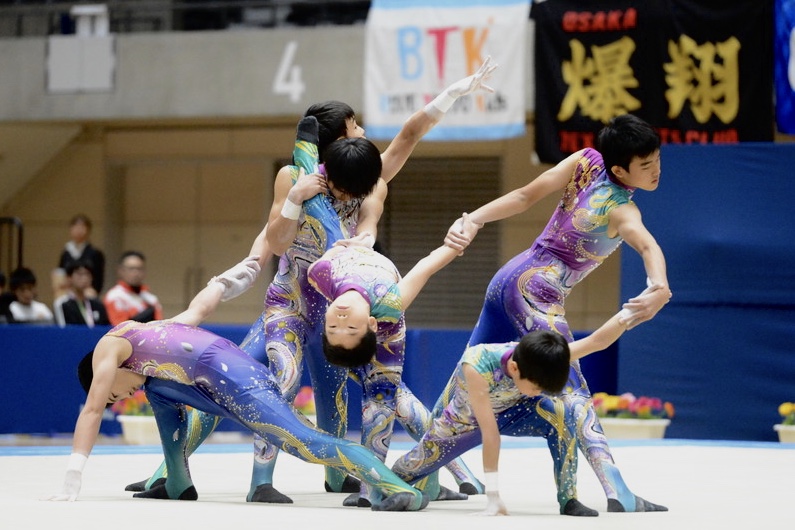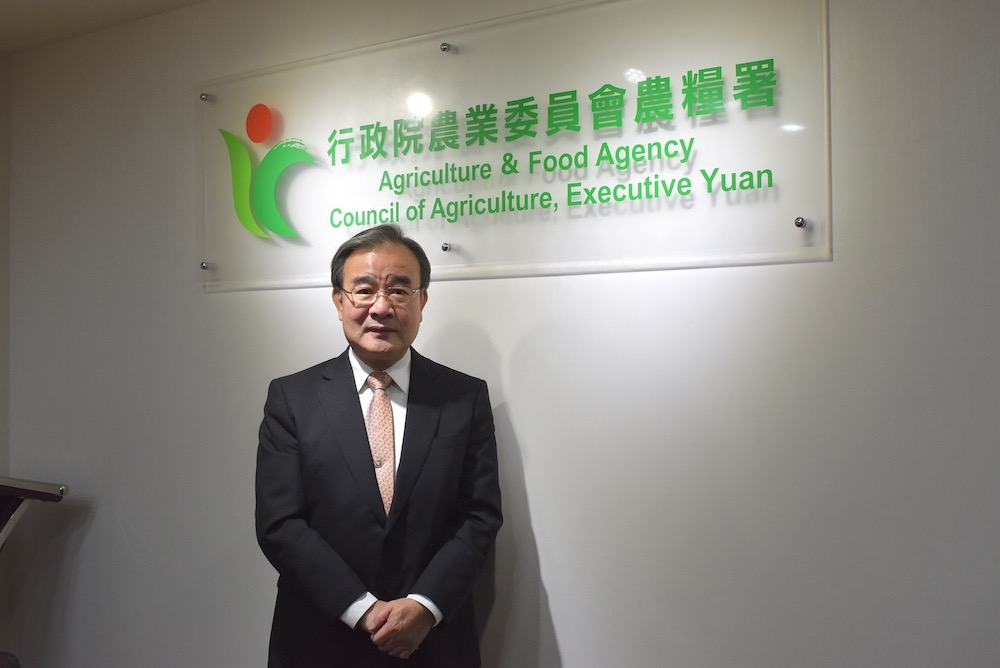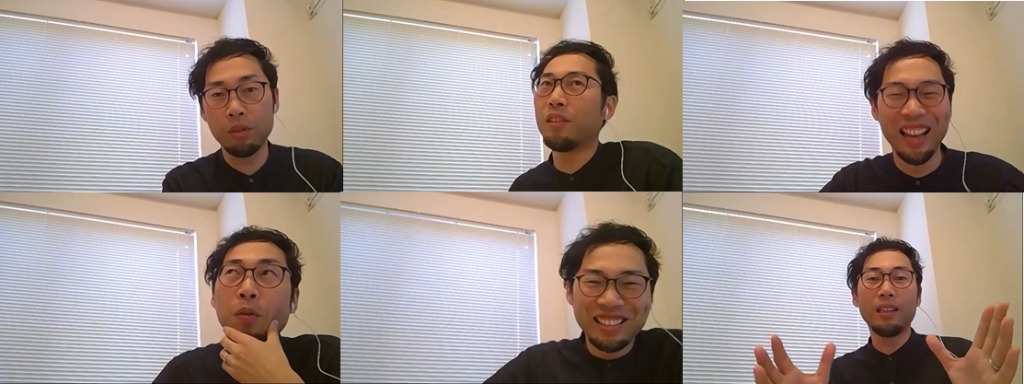The COVID-19 Crisis has shaken up the way we work. What will be the consequences?
In the first part of our interview with Tomoyuki Mita, Director at Akashia Okawa, a private nursing home in Hiroshima, he talked about their “Working Mothers Project, ”a novel initiative to enable mums with pre-school-age to continue their parenting responsibilities without having to give up on their careers, all while alleviating the staffing shortage that plagues the elderly care sector as a whole. In this segment, we talk to Mr. Mita about adapting to the challenges posed by the pandemic and addressing the breakup of community in Japan—an ongoing process fuelled by the rise of the nuclear family, diversification of values and penetration of the internet, among other factors, which arguably has led to isolation and disenfranchisement.
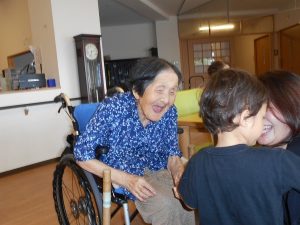
Akashia Okawa’s initiatives to bring employee’s children to their care facility has had wide-reaching benefits
SDGS Japan Portal Site Editorial Team: Tell us about the other project of yours, the Medaka School. What is the model?
Tomoyuki Mita: The Medaka School works much like the Working Mothers Project in that employees bring their kids to work. The difference is that this is for those children in the first few grades of elementary school, and they come to do their homework and study, and help with simple care tasks.
We started the School in March 2020 partly in response to the spread of COVID-19. As schools began to close, some staff had to take time off to look after their kids because there were no facilities available or they couldn’t find another family member to help. A number of negative consequences arise from this: staff are without income, there is greater pressure on the remaining staff to adapt to the shortage of help, and the quality of service goes down. Staff shortages like this are a fatal problem in the elderly care business.
SDGS Japan Portal Site: So this system allows staff to watch over their kids while they work.
Tomoyuki Mita: Yes. While both projects were primarily about enabling mothers to keep working, I realized we were also enabling something very important…
SDGS Japan Portal Site: And what was that?
Children’s socialization. To give you one example, the first child to join us as part of the Working Mothers Project was very shy and until coming to the facility had spent little time around adults who were not his parents. In this new environment, he would hide behind his mum and was wary of his surroundings, he would cry when hugged by a stranger. Of course, the residents enjoyed his presence and doted on him like their own grandchild. The child gradually warmed to them, maybe because he felt they were on his side…now when a resident calls for him, he will happily sit on their lap, or go to their room to play.
I expect that child will have an easy time making friends once he enters kindergarten as a result of being at the facility and learning where he stands in a group setting. I hope he considers going into the care profession in the future! In that sense I think this kind of experience is excellent training for the next generation of care workers.
SDGs Japan Portal Site: The concepts of Gemeinschaft and Gesellschaft that I learned during my student days come to mind. The former refers to the kind of groups we cultivate naturally: friends, family, community; while the latter refers to those we create for a specific purpose, to produce something. I feel we place too much emphasis on Gesellschaft: efficiency, productivity, profitability. Quick results take priority over sustainability. But in order to realize the SDGs, some kind of “Gemeinschaft Movement” might be in order to bring us together into caring, support networks.
Mita: Certainly, I feel both our projects are a form of community building and ought to continue. It was the children we hosted at the facility who taught me that.
SDGs Japan Portal Site: This is what the SDGs are all about!
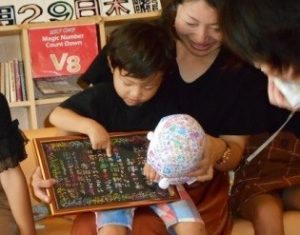
An employee at Akashia Okawa elderly care facility brings her young son to work.
Fostering Healthy Lifestyles; Encouraging Open Community
SDGs Japan Portal Site: I heard about an interesting vending machine that lives here. Tell us more about that.
Mita: In simple terms, it’s a vending machine that connects to a pedometer. The vending machine is connected to a smartphone app called “Coke ON” and you receive points for reaching your target number of steps that you can redeem at the machine.
SDGs Japan Portal Site: Interesting idea. Why did you install it?
Mita: The Ministry of Health, Labor and Welfare releases the life expectancy figures for each prefecture every three years, and in the 2018 data, the life expectancy for Hiroshima women came out as being the lowest in the whole country. One reason given for this is that we are highly dependent on our cars to go short distance owing to all the mountains around here. I myself am guilty of using my car just to go to the nearest convenience store.
With few opportunities to take extended walks, I started thinking about ways we as a facility could tackle this problem. Coming across the Coke ON app, I felt it could be and help residents feel more motivated to exercise.
SDGs Japan Portal Site: So the virtual stamp rallies and reward aspect makes it fun.
Mita: Yes, but there are some other advantages: you can customize the design on the actual machine, so we placed a kind of slogan on it: “Lowest Life Expectancy in Japan!!!” to send a clear message about this problem. We also place seasonal messages about heat stroke prevention and influenza, to draw attention to these issues. We are also able to customize the product selection and limit it to healthy beverages suitable for our residents. In this way the vending machine makes a contribution towards extending people’s life expectancies.
We are using the vending machine to send a message about the facility being integral to the community. Care homes are subject to the perception of being off-limits to the public. As I said before, elderly care is not a “special” thing but a part of everyday life, so I want the facility to be open to the community. Of course, we cater to visitors coming specifically to see a resident, but encouraging the involvement of who don’t not have any particular relationship with the facility, or who don’t have the courage or think they are not interested, has been a concern of mine. So I hope through the vending machine we can reach out to such people and lower the barriers to visiting us.
SDGs Japan Portal Site: What has been the result so far?
Mita: It has only been on the premises since April 2020, and so we need to wait a little longer to see the full potential of it, but so far staff have said they actually look forward to going on a walk. Because our staff are members of the local community, I think it will certainly take off.
I’ve always thought a care facility should extend beyond being simply a building. I think this project has become a gateway for the creation of a care facility that is not merely an entity but an extension of the local community.
I will continue to actively think about the lives and activities of each generation in this community of ours going forward: a bit like planning a town!
This is the final instalment of a two-part article. See Part One here.
This article was adapted from the original Japanese: https://japan-sdgs.or.jp/news/450.html https://japan-sdgs.or.jp/news/455.html







